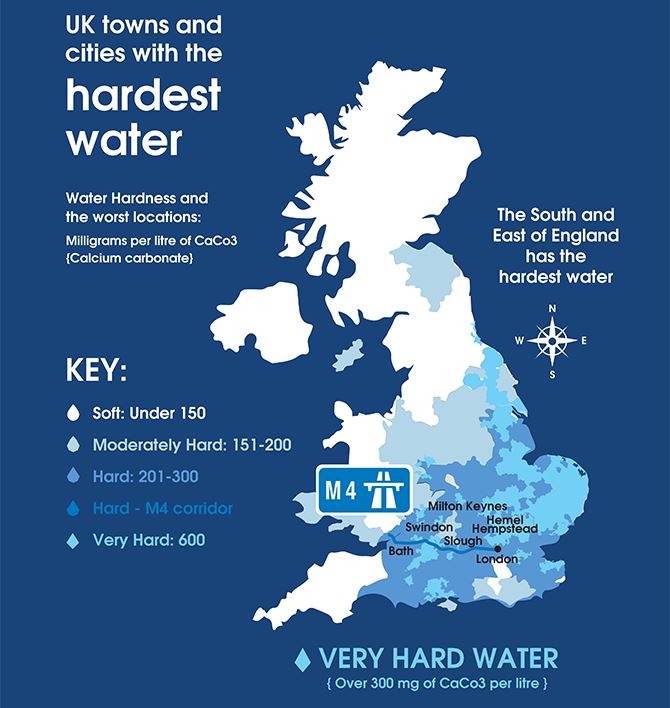Where in the UK has the best tasting water? (Expert Testing)
How much do you know about tap water in the UK? Our guide will get you up to speed and help you to think more about the pure stuff that flows out of your taps.

The best tasting tap water in the UK
The area of the UK with the best tasting tap water is Severn Trent in the West Midlands. Renowned for its purity, the judges, who included Michelin starred chef Tom Aikens, described Severn Trent’s water as “comparable to a mountain stream for its freshness”. The award comes after the UK’s top water companies were judged head-to-head in a blind taste test. The taste testers blindly tasted the drinking water and the criteria for judging included: rating the water on purity, taste and appearance.- 1. Severn Trent Water (Birmingham, Derbyshire, Gloucestershire)
- 2. Anglian Water (East Anglia and parts of the East Midlands)
- 3. Thames Water (Oxfordshire, London, Wiltshire)
- 8. Yorkshire Water (Yorkshire)
- 9. United Utilities (North West)
- 10. Wessex Water (Bath and Bristol)
Why does water taste different?
Research shows that each area of the UK has water that tastes slightly different - as evidenced by the taste test above. But why does the water taste different? And why are some people so offended by another area’s water, when other people don’t seem to have an issue at all? Well, the mystery behind the taste could be due to what we call hard water. Hard water is water that has a high mineral content. It’s formed when water percolates through deposits of limestone and chalk which are largely made up of calcium and magnesium carbonates. Some people claim that the high mineral content taints the water and gives it a distinctly “hard” taste. In fact, if you live in a “soft water” area and you visit a “hard water” area you will probably be able to make out a distinct taste difference in the two types of water. People who live in hard water areas may grow up having no idea they’ve been drinking mineral tainted water all their lives. There are no known negative effects of hard water on human health and, in fact, hard water tends to contain higher mineral levels and can have health benefits. However, it can lead to scummy tea and limescale on kettles. Shower screens also tend to get scummy, pipes can experience build-up and people report that their hair looks duller when they wash it using hard water. It also has a particular taste which is very noticeable to people who live in soft water areas. Hard water can be improved taste-wise by using a simple home water filter. You can also install mechanical water softener units or use water softening products that contain baking soda and borax.The best and worst water supplies in the UK
When it comes to water hardness, the M4 corridor is particularly bad. This includes London, Reading through Swindon, Bath and Bristol. This does correlate with the taste test results above. The home counties including Kent, Surrey, Hertfordshire and Berkshire are some of the worst hard water areas in England too. The ten worst areas for water supply in the UK are:- Dorset
- Essex
- Gloucestershire
- Hampshire
- Hertfordshire
- Kent
- Oxfordshire
- Surrey
- Sussex
- Wiltshire


